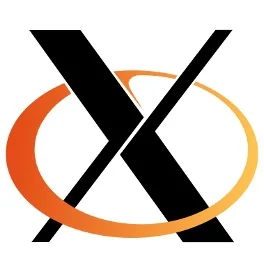GLAMOR Is Making Linux 2D Performance More Glamorous

GLAMOR continues being invested in by Intel since it's now used whenever XWayland is called into play, rather than requiring modified DDX drivers to be made XWayland compatible. GLAMOR also remains to be a run-time option for Intel Linux users not wanting to use the SNA or UXA acceleration architectures. Meanwhile for Radeon hardware it's used exclusively for 2D acceleration with Radeon HD 7000 series graphics cards and newer. The Nouveau driver is also exclusively depending upon GLAMOR for 2D acceleration with "Maxwell" GPUs.
Keith's presentation covered the history of GLAMOR and the improvements made over time -- with as of X.Org Server 1.16 the GLAMOR code now living within the X.Org Server rather than an independent library. With the new GLAMOR code in the server, there's less dependence on the CPU for various operations and GPUs can work out the complete operations.
Among the projects still forthcoming for GLAMOR are reworking the pixel format code, removing the optimization for single-texture pixmaps, rewriting the render text code, fragment shader trapezoid support, using VAOs (vertex array objects), and finishing the OpenGL core context work.
Those wanting to learn more about GLAMOR in its latest state can check out Keith's PDF slides for his Bordeaux presentation.
3 Comments

